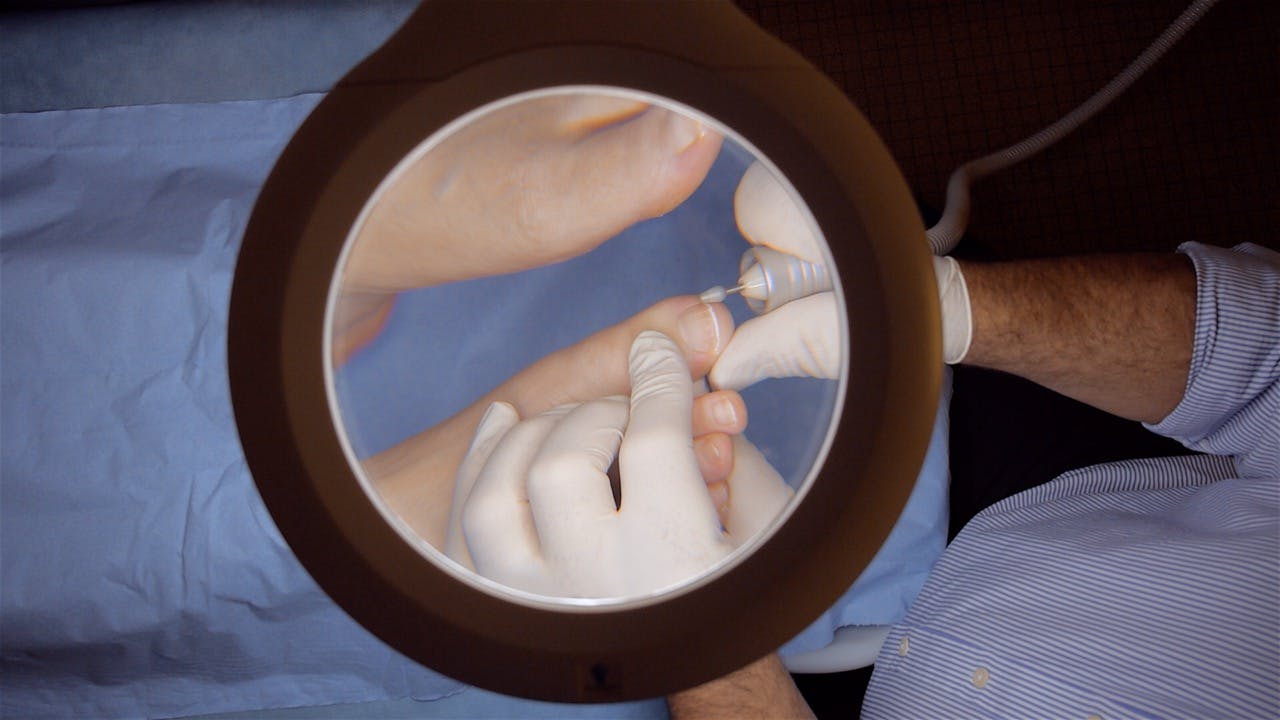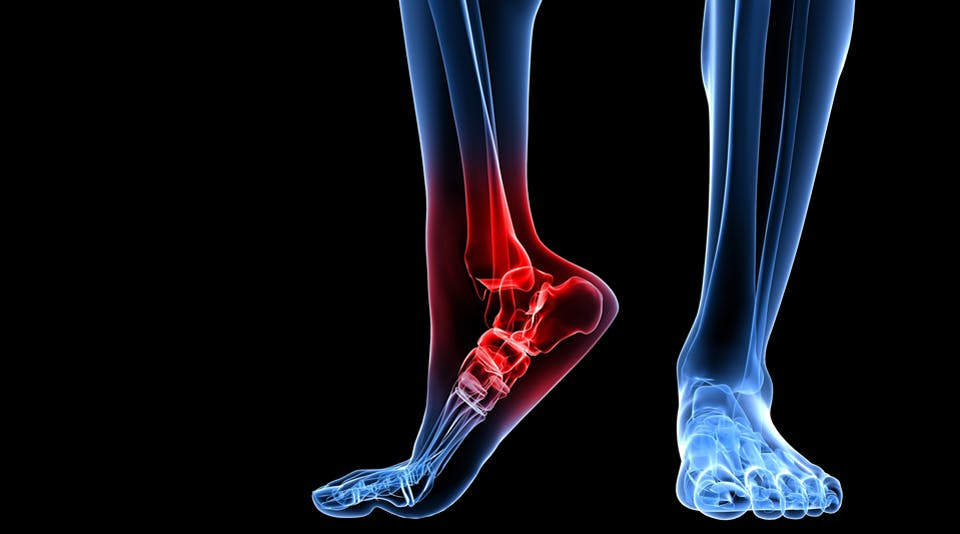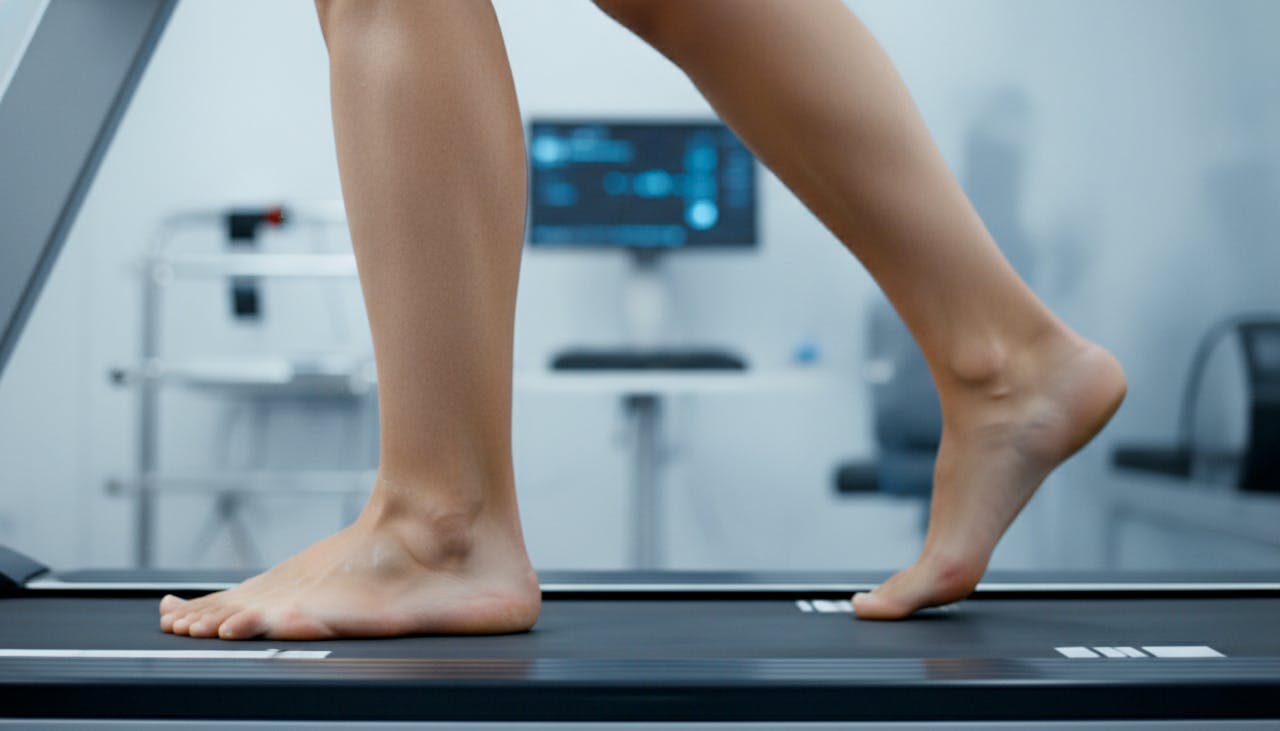
Thickened or deformed nails
Thickened or deformed nails are common conditions where the toenail becomes abnormally dense, discoloured, or distorted, often resulting from trauma, infection, or long-term pressure.
Overview
What is it?
A thickened nail (medically known as Onychauxis) occurs when the nail plate grows abnormally thick and can separate from the nail bed. In severe cases, the nail may curve and grow in a claw-like shape, a condition known as Onychogryphosis or "ram’s horn nail". While any toenail can be affected, the big toe is most commonly involved.
How common is it?
This is a very common presentation in podiatry clinics. Its prevalence increases significantly with age, though it can affect younger active individuals, particularly those involved in sports that put repetitive pressure on the toes (like football or long-distance running).

Symptoms & Causes
What are the symptoms?
The most obvious symptom is the visible thickening and hardening of the nail plate. The nail may become opaque, turning yellow, brownish, or even black if there is bruising underneath. The texture might become rough, ridged, or brittle.
What does it feel like?
Thickened nails themselves are often painless initially, but as they grow, they can cause significant discomfort. They may press painfully into the nail bed or against the inside of your shoe, making walking uncomfortable. Many patients find them impossible to cut with standard nail clippers, leading to further overgrowth and discomfort.
What causes it?
The primary cause is damage to the nail matrix (the root where the nail grows from). Once this matrix is damaged, it often produces a permanently thicker nail.
Common causes include:
- Repetitive Trauma: Micro-trauma from ill-fitting footwear (shoes that are too tight or shallow in the toe box) or sporting activities.
- Acute Injury: Dropping a heavy object on the toe or stubbing it severely.
- Fungal Nail Infections (Onychomycosis): Fungal infections can cause the nail to thicken, crumble, and discolour.
- Ageing: Nails naturally tend to thicken and grow more slowly as we get older due to reduced circulation.
Some health conditions can include:
Certain systemic conditions can affect the way nails grow, including:
- Psoriasis: Can cause pitting, thickening, and separation of the nail.
- Poor Circulation: Peripheral Arterial Disease (PAD) can reduce the nutrient supply required for healthy nail growth.
- Diabetes: Can affect both circulation and sensation in the feet, predisposing nails to damage.

How is it Diagnosed?
At Foot Factor, distinguishing between a naturally thickened nail due to trauma and one caused by an active infection is vital for effective treatment.
What tests are used to diagnose it?
- Clinical Inspection: In most cases, an experienced podiatrist can diagnose the likely cause through visual examination of the nail’s colour, texture, and growth pattern.
- Mycology Testing: If a fungal infection is suspected, we may take small nail clippings and send them to a laboratory for culture to confirm the presence of specific fungi before prescribing antifungal treatments.
Foot Factor provides Expert Podiatry Treatment Tailored to You.
At Foot Factor, our podiatrists specialise in diagnosing and treating foot pain with precision and expertise. With advanced gait analysis, bespoke orthotics, and sports-focused podiatry care, we don’t just identify the problem—we provide a targeted solution to get you back to moving pain-free. Book a consultation today and take the first step toward lasting relief.

How is it Treated?
Treatment depends heavily on whether the cause is mechanical (trauma) or infectious (fungal). Attempting to manage severe cases at home can often lead to injury of the adjacent skin.
- Mechanical Reduction: For standard thickened nails, we use specialist podiatry drills (burrs) to painlessly thin down the nail plate. This immediately improves the appearance of the nail and relieves pressure from footwear.
- Routine Maintenance: Regular appointments to keep the nails at a comfortable length and thickness if they continue to grow abnormally.
- Footwear Advice: Ensuring your shoes have a deep enough toe box to prevent constant pressure on the nail matrix.
- Nail Surgery: In extreme, recurring, or painful cases (such as severe Onychogryphosis), we may recommend a partial or total nail avulsion (removing the nail under local anaesthetic) to provide a permanent solution.
Our Bespoke Orthotics give you the Right Support for Long-Term Relief.
At Foot Factor, our podiatrists specialise in diagnosing and treating foot pain with precision and expertise. With advanced gait analysis, bespoke orthotics, and sports-focused podiatry care, we don’t just identify the problem—we provide a targeted solution to get you back to moving pain-free. Book a consultation today and take the first step toward lasting relief.
Related Articles
Find expert tips, advice, and insights to support your foot health and active lifestyle.


